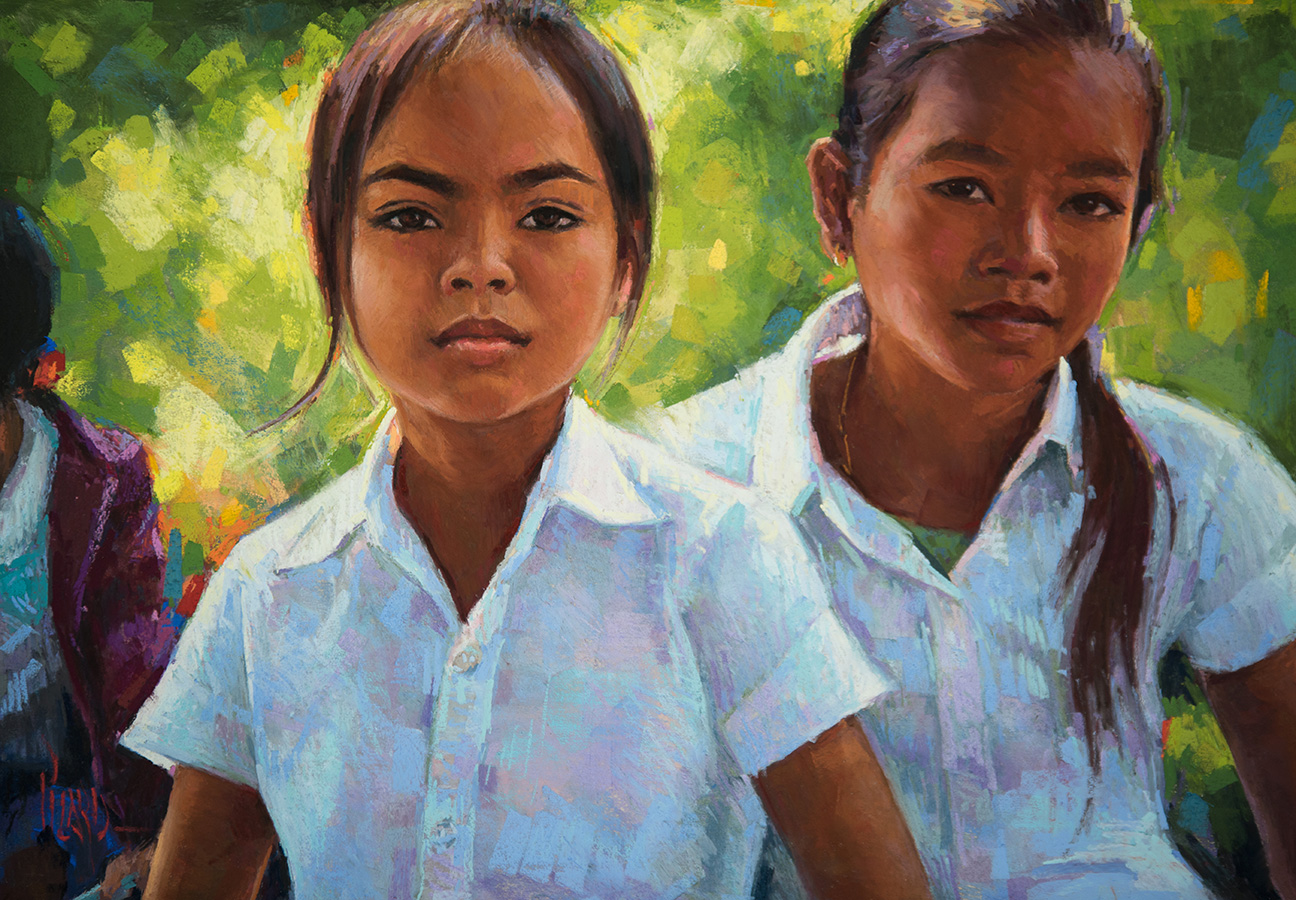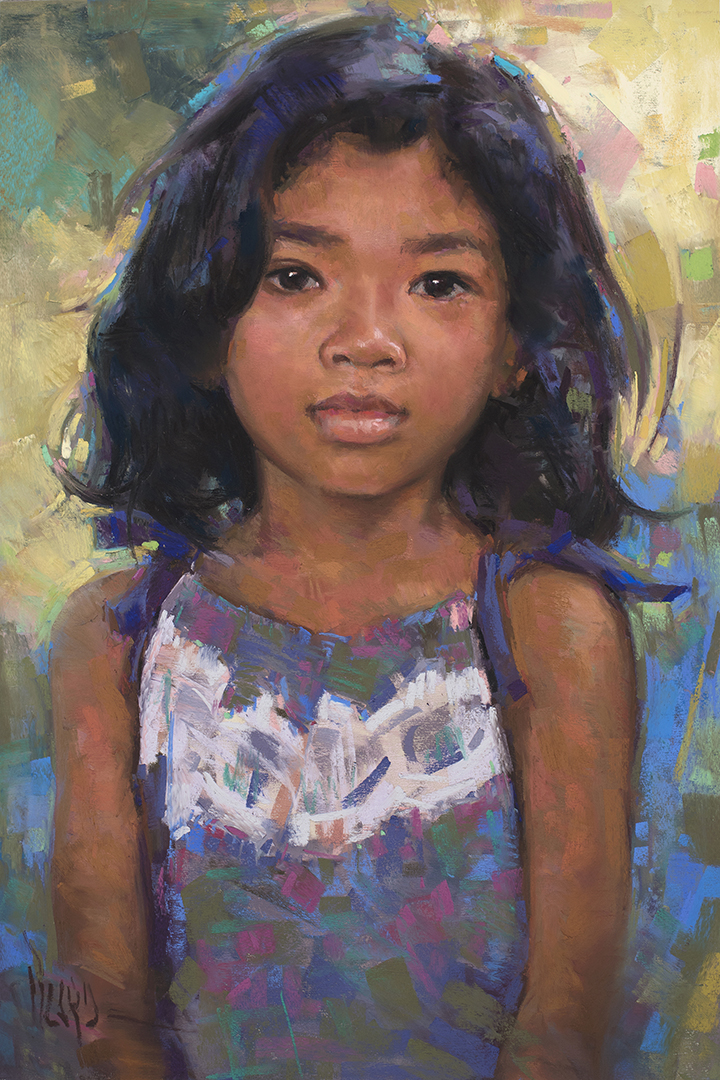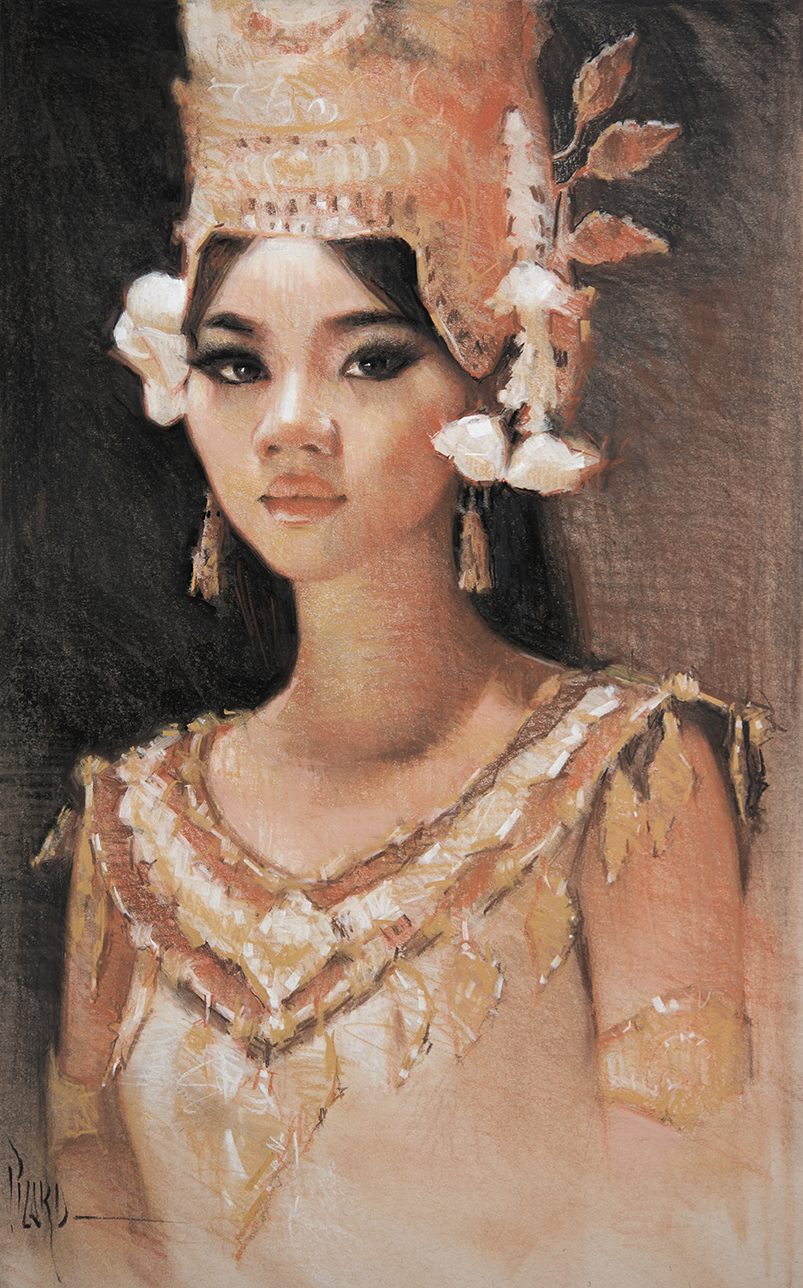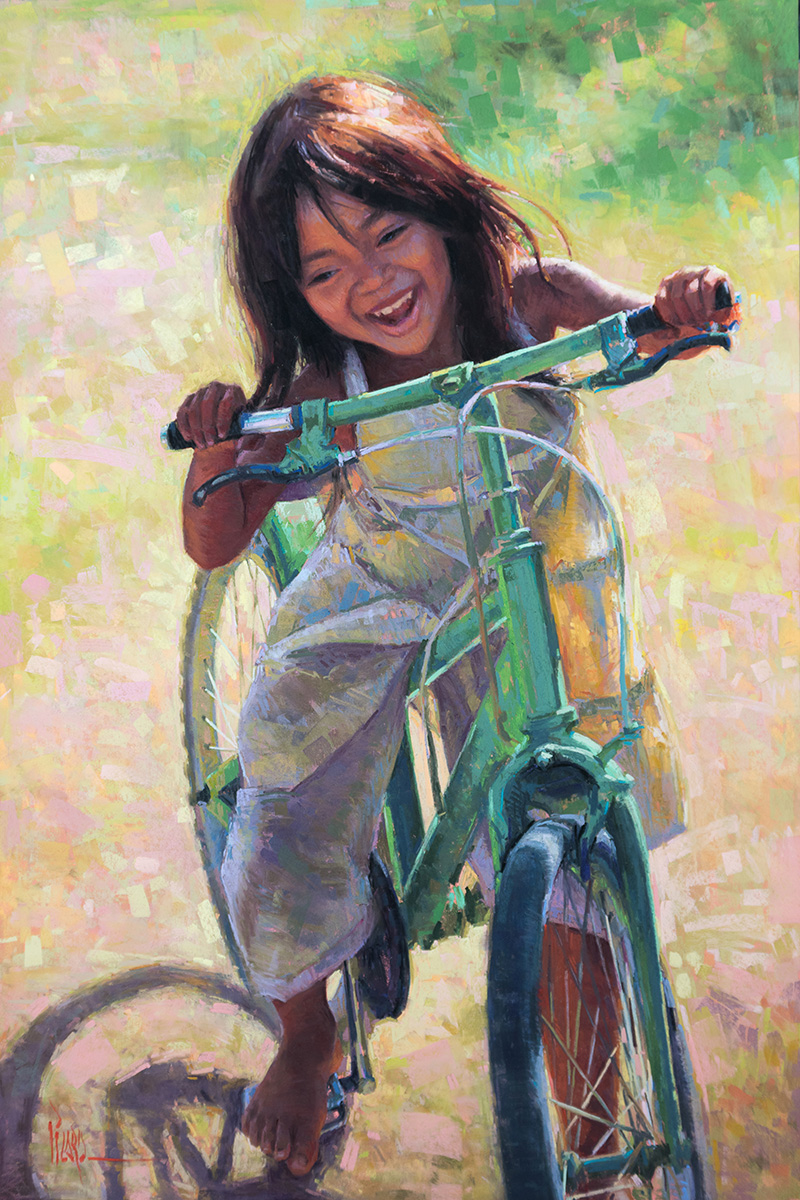I have been inspired to create a series of artistic works in response to my recent experiences in this beautiful yet heartbreaking country. “Reflections of Hope | Cambodia,” is my personal reflection on the people, places, and stories of God’s enduring grace, revealing the beauty found in the midst of the brokenness.
I hope you will join me in imagining a new chapter for Cambodia. One that is full of hope and healing, as we join together to make a difference.
Cambodia’s History
Cambodia’s history has been shaped by two distinct “kingdoms,” beginning with Angkor, the seat of the Khmer Empire from the ninth to the 15th century. Angkor is believed to be the largest pre-industrial city in the world, with 390 square miles of urban area containing its well-known temples.
During the 1970’s, Pol Pot and the Khmer Rouge ushered in what could be described as a kingdom of darkness. This militant communist regime tortured, starved, and executed an estimated 2 million men, women and children, inciting years of civil war and United Nations occupation. The death toll totaled about one quarter of the population. The Khmer Rouge, in their attempt to socially engineer a classless peasant society, took particular aim at intellectuals, city residents, ethnic Vietnamese, civil servants and religious leaders. Survivors were forced to work in labor camps. By the end of the genocide, it is said that only two pastors remained in Cambodia.
Cambodia Today
Now, a small middle class is emerging, though heartbreaking poverty is still the norm. Poverty is especially pervasive in rural areas and among children, who constitute more than half of the country’s population. Other issues include:
30% of the population lives on less than $1 a day.
40% of Cambodia’s children are malnourished.
An estimated 50% of the population currently lives with symptoms of PTSD.
Malaria, Dengue Fever, and Japanese Encephalytis are endemic in Cambodia due to mosquito transmission.
Drug use and trafficking is prevalent.
Diabetes and Tuberculosis are rising issues in Cambodia.
An estimated one quarter of Cambodia’s women are victims of domestic violence.
Rape is the most common and serious crime in Cambodia.
Gang rape, also called "bauk" in Cambodia, is a socially accepted form of recreation among young middle-class Khmer men.
Cambodia is a source, transit, and destination country for human trafficking.
Despite human trafficking being a crime in Cambodia, the country has a significant child sex tourism problem. Poor children are particularly vulnerable.
ECPAT Cambodia reports that as many as one third of the trafficking victims in prostitution are children.
HIV/AIDS has lowered to .4% of population.



















